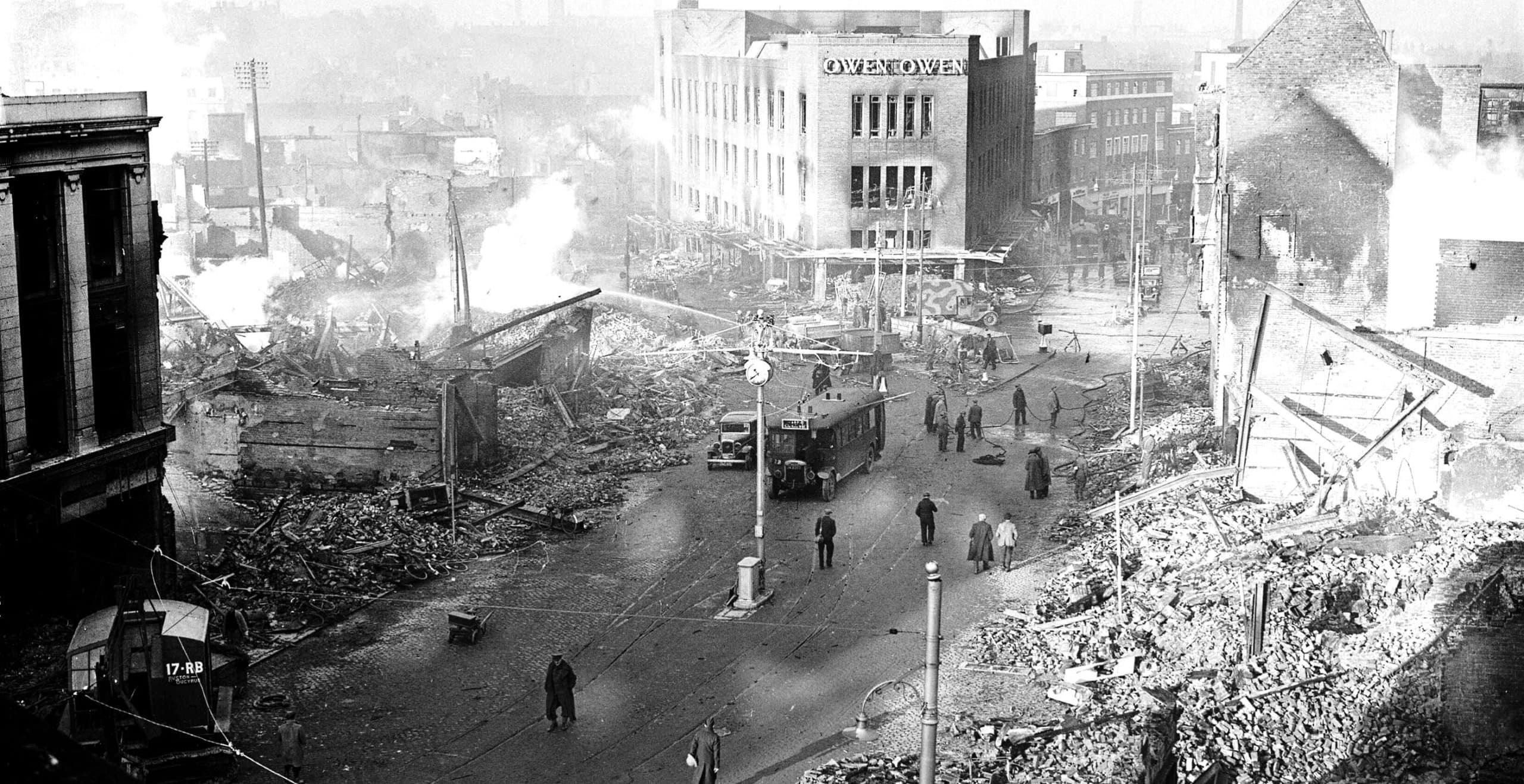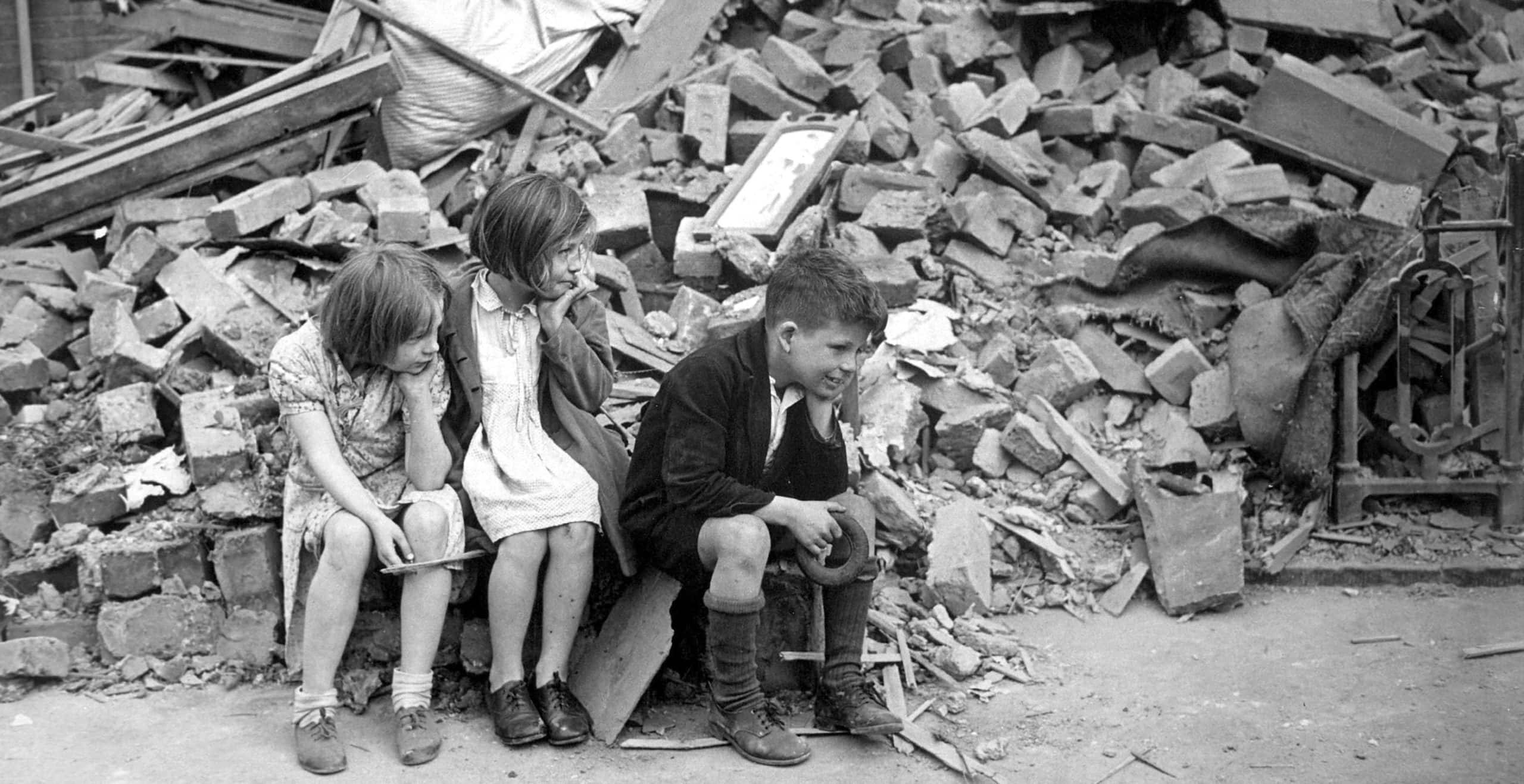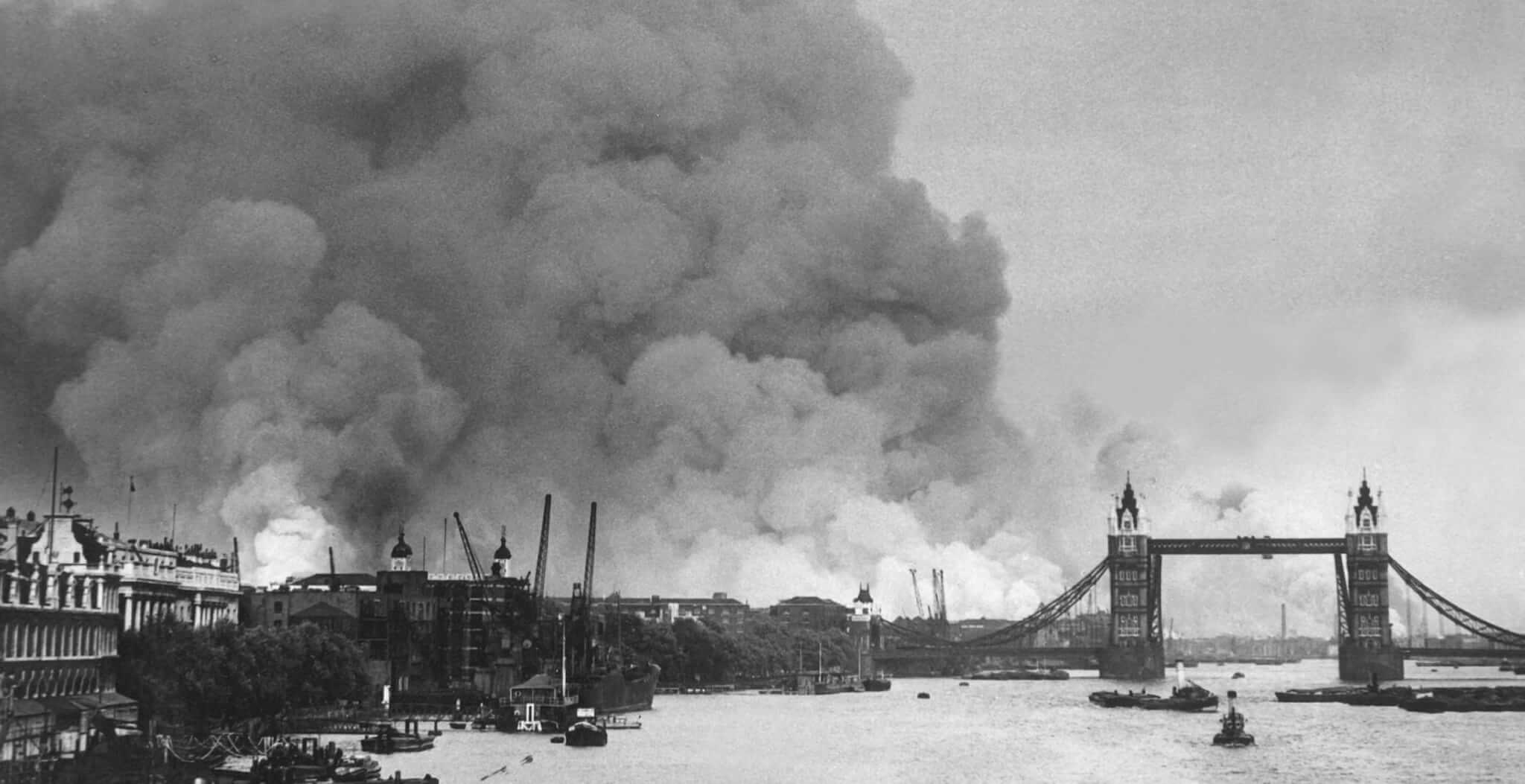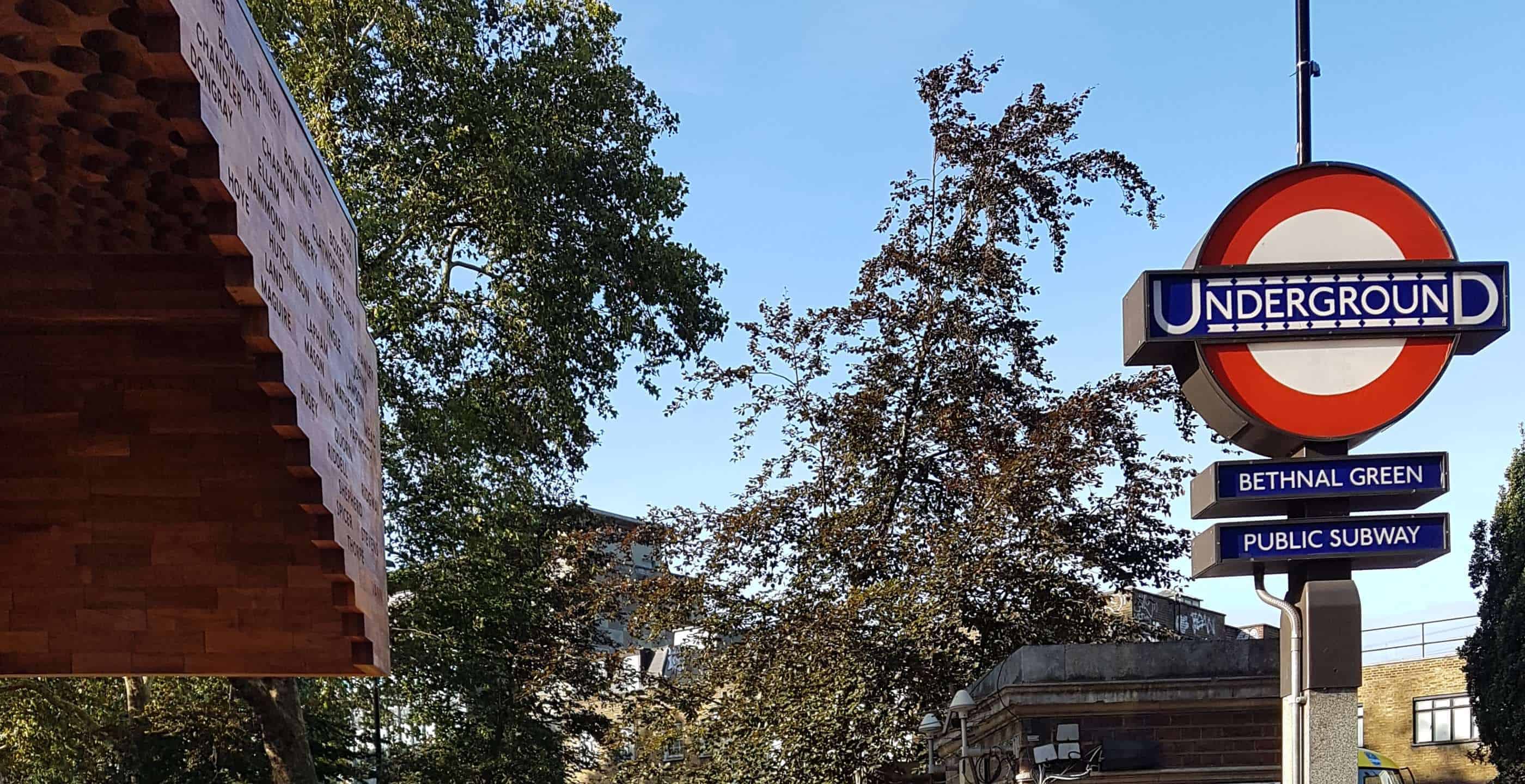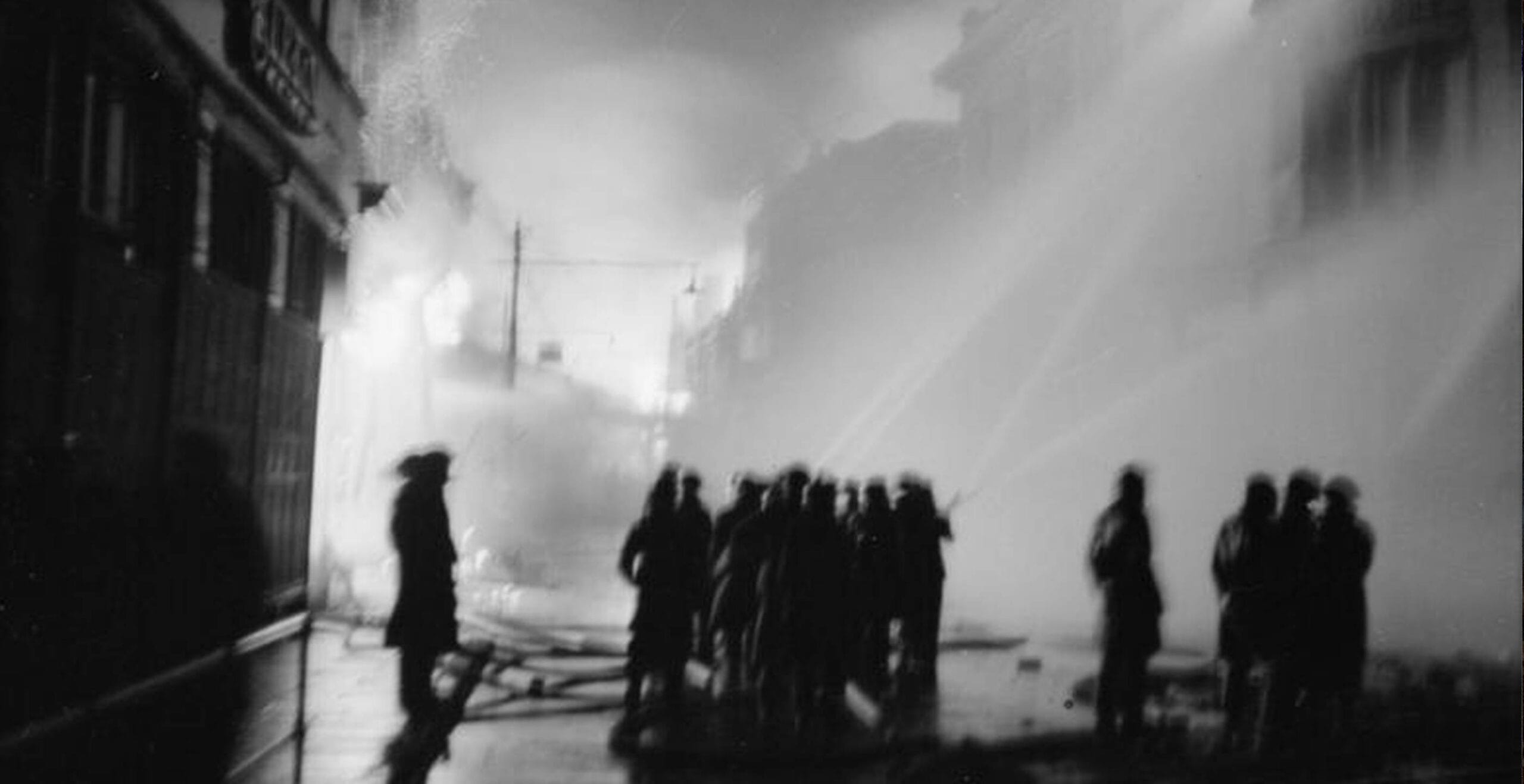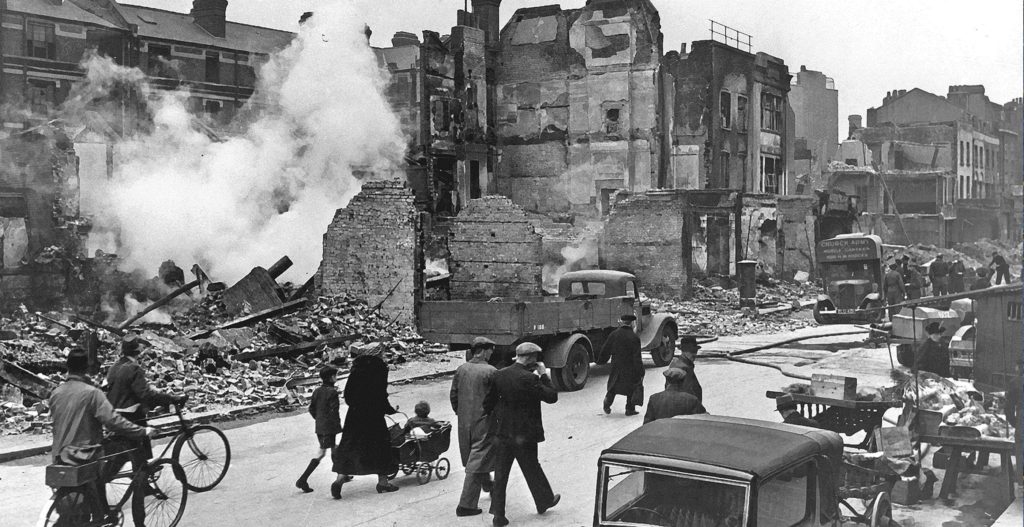On that fateful night on 14th November 1940 the city of Coventry faced a devastating bombing raid that flattened the city, destroyed its medieval heritage, killed, maimed and horrified the entire country. This tragedy would be etched into the hearts, memories and blueprint of the city to this day.
The year 1940 was a significant milestone in the war, the intensity of fighting between Germany and the Allied forces escalated, with the Battle of Britain taking place in July. The military campaign was fought almost entirely by the air forces and involved the defence of the United Kingdom against the German Luftwaffe.
The battle endured for a considerable time lasting well into October, occurring simultaneously as the horrific period of night time attacks known as the Blitz. Within this period, a number of small raids had been executed by the German air forces against the city of Coventry, totalling around 198 tons of bombs in seventeen raids.
Unfortunately for the city, this was only the beginning.
For those wondering why this city based in the Midlands was the target, the answer was based on the fact that it was an industrial epicentre, that when targeted, would deal a devastating blow to the war effort and munition levels.
Coventry was a traditional town in the Midlands which had experienced a great deal of change during the Industrial Revolution. During this time factories had opened up and a number of small to medium size businesses and industrial centres became part of the everyday fabric of life for the people of Coventry.
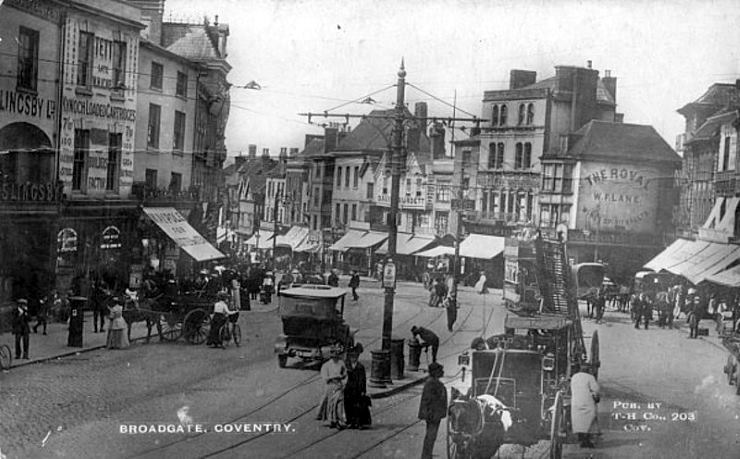
By the time the First World War had ended, the city was already growing and expanding with a great deal of private and council housing built in the various districts and the introduction of a wide range of production and manufacturing. One of the industries it became most well-known for was as a carmaker, with other industries including metal work, aeroplane engine production and from the beginning of the twentieth century, munitions factories. The city was expanding its population and its housing as well as its industry.
During the First World War Coventry had become advanced in its use of machine based industries and so it became a natural leader during the Second World War in munitions production, including the Coventry Ordnance Work which was responsible for around one quarter of all British aircraft produced during the war. The city therefore provided the perfect target for the Germans. It was industrial, important to the war effort and home to thousands of people.
Not long before the targeted attack occurred, on 8th November 1940 Britain had launched an attack on Munich. The operation itself caused little damage and proved strategically negligible despite RAF efforts.
Nevertheless, it proved significant as a symbol of British confidence and aggression which Hitler took as a personal attack on him and his party. The stage was set for a bloody confrontation, the Germans in this context were well-organised and keen to exert maximum impact on British morale.
In the lead up to the attack, the Germans had been planning meticulously, examining maps and detailing every tiny aspect of the city. Meanwhile, the British had caught wind of an impending attack, likely to occur during the next full moon, however the likely target was always assumed to be London.
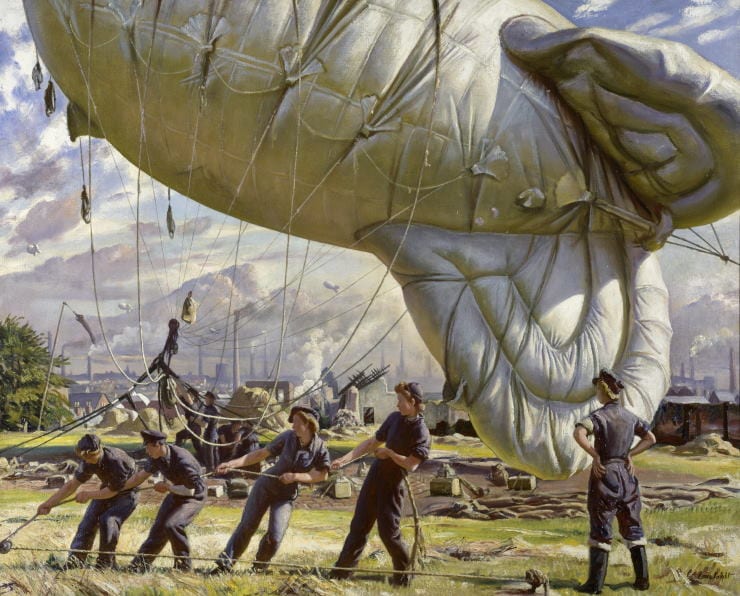
Coventry was a Midlands city with poor defences against aerial bombardment. The defence consisted of barrage balloons, around fifty of which were intended to serve as obstacles during periods of low enemy aircraft fire. The city failed to maintain a considerable amount of anti-aircraft guns. Coventry was exposed and the Germans took advantage.
The RAF meanwhile were engaged in the Battle of the Beams, a desperate attempt to intercept the radio beams. The Germans had adopted a new system which hindered the chances of interference by the British. On this fateful night, the people of Coventry were left unaware as to what was about to unfold.
For some, the conspiracy that Winston Churchill knew of the imminent attack and chose not to react still holds water. The motivation to conceal knowledge of the Enigma code is still debated to this day. What is clear however was that for the people of Coventry any warning was too late.
On 14th November 1940 at around 6:15pm the first contingent of Luftwaffe bombers emerged along the Dorset coastline. The planes were avoiding the radio beam, fearing detection by the British. The people of Coventry were unaware. By 7:00pm the first alarm was sounded – air raid message yellow. Three minutes later the warning changed to red. The attack was imminent.
Operation Moonlight Sonata (as it was known by the Germans) was carried out meticulously. At 7:20pm the first bombs were dropped, high level explosives which destroyed the water supplies, telephones, gas and electricity. The infrastructure had fallen first. Meanwhile, the roads were overwhelmed with craters, inhibiting the work of the firemen.
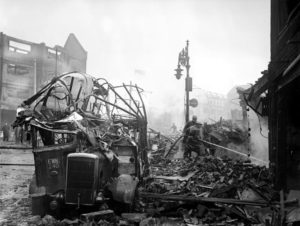
Almost two hundred fires burnt against the city skyline. Ten minutes later, the anti-aircraft guns were launching their first response. Within no time at all Coventry Cathedral was ablaze. Volunteers desperately tried to douse the flames, successfully at first, but soon new fires broke out; there was no hope. A wall of flames quickly grew out of control and the volunteers and firemen were defeated by the inferno.
The valiant people of Coventry fought against the ensuing chaos, using every appliance available to extinguish the fires that were reducing their city to dust. Some people, aware that the cathedral was unsalvageable, desperately attempted to remove any heritage items that could be saved during this attempt at destroying not just the people but the buildings, history and morale of the city.
The fires throughout Coventry continued to burn throughout the night. The German attack reached its climax at midnight; the all-clear was only declared around six the next morning. One night of destruction. The city had almost five thousand houses destroyed. Infrastructure was severed, almost one third of factories damaged or destroyed.
Those who lost their lives that night amounted to almost six hundred, with many hundreds more injured. Many of those who had survived had fled to neighbouring areas outside of the city or sheltered with their families in air raid shelters, waiting out the death and destruction just outside their door.
The raid had been so successful for the Nazis that the term Koventrieren entered the vocabulary back in Germany, a phrase used to refer to a city razed to the ground and destroyed. The stunning medieval city was altered forever, the blueprint of Coventry demolished. The physical destruction was further compounded by the social impact of pain, suffering and morale. The Blitz spirit had taken a hit.
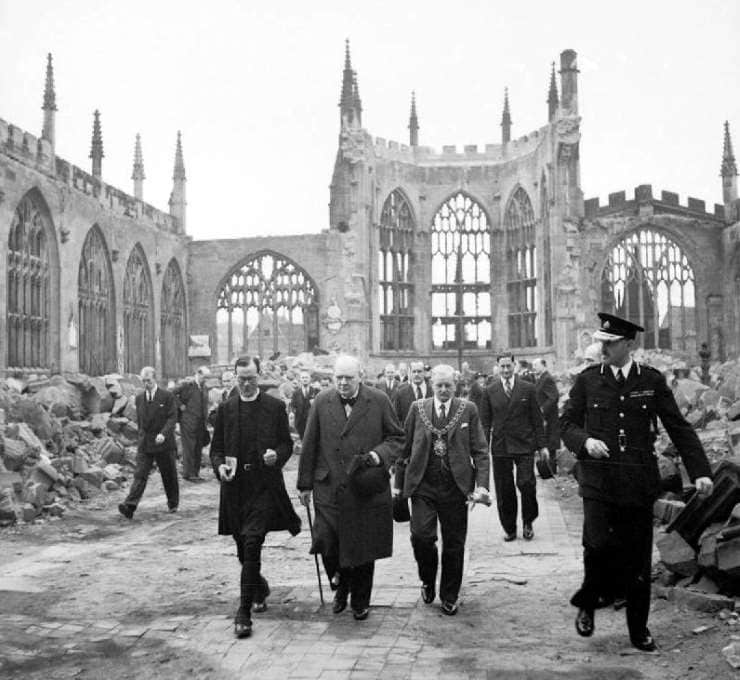
Coventry’s great medieval church of St Michael was amongst the casualties, the only cathedral in England to suffer that fate during the war. King George VI was said to have wept at the sight of the ruined Cathedral. The entire framework of the city was obliterated in an instant. The libraries, the market hall, public buildings and also the sixteenth century Palace Yard, the setting of the court of James II. Centuries of history burned away in the flames on the night of the fourteenth. An eerie reminder of the savagery and devastation of war.
For days, weeks and months later Coventrians were forced to salvage what they had. The people of the city were left traumatised, their children left scared by the noises and sights from that night. An assault on the senses, bodies and buildings left destroyed by the raid.
There were two further attacks on the city in the years that followed. That night in November however, would be remembered as the worst with around five hundred tonnes of explosives, air-mines and incendiary bombs used. The aim to annihilate people, property and industry was achieved on a grand scale by the Germans.
It was a moment of great sadness for people of Coventry and the rest of the country. A reminder of the savagery and carnage of war. The city of Coventry with its now famous lonesome church spire and shell of the cathedral, a lesson from history.
Jessica Brain is a freelance writer specialising in history. Based in Kent and a lover of all things historical.
Published: 6th August 2021.
